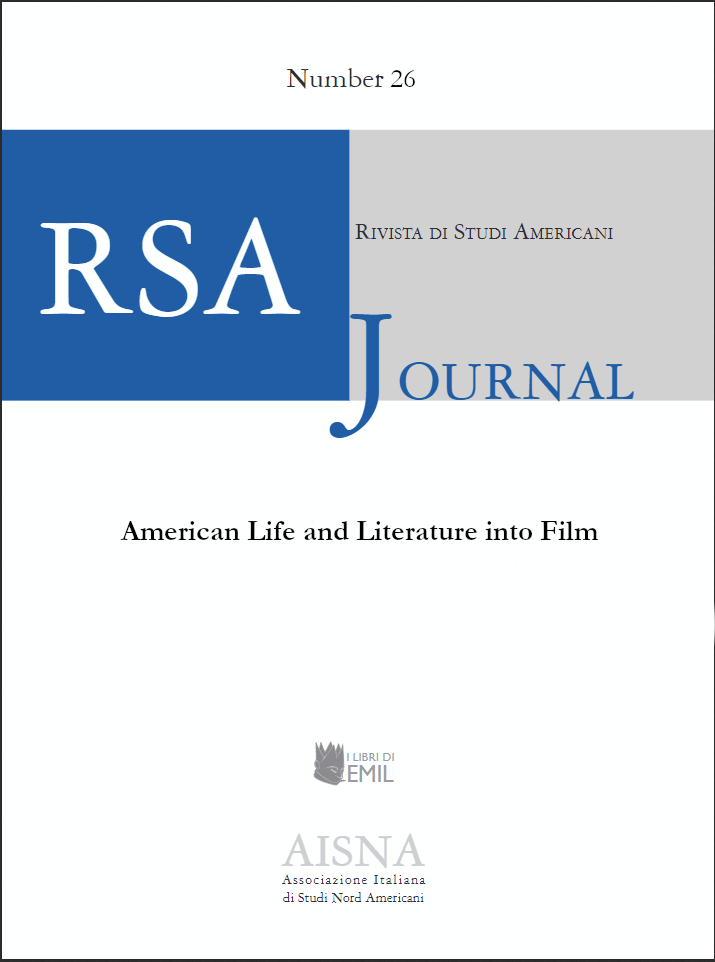Permanence and Transience in Sofia Coppola’s “The Virgin Sucicides”
DOI:
https://doi.org/10.13135/1592-4467/8651Parole chiave:
permanence, transience, cinema, artAbstract
Adapted from Jeffrey Eugenides’ 1993 novel of the same title, The Virgin Suicides by Sofia Coppola (1999), cinematography by Ed Lachman, screenplay by Coppola, concerns the demise of the five adolescent Lisbon sisters in Detroit’s suburbia of the seventies with the elm-trees dying and a serious environmental concern setting in. A group of schoolboys, strongly attracted by the beautiful creatures, watch them closely to spy on their personal moments trying to make sense of the mystery and ambiguities surrounding their life, and end up being the object of the girls’ and the spectators’ gaze. Events and states of mind in the film are associated with famous paintings of the past stored in the collective memory with the effect of producing some form of dialogue between cinema and painting, while the tropes of transience and permanence at work in life, art, and Nature sanction the inevitability of vanishing, but also the continuity, of cinema itself.
##submission.downloads##
Pubblicato
Fascicolo
Sezione
Licenza
Avviso sul Copyright
RSAJournal applica una licenza CC BY-NC-ND a tutti i suoi contributi. Questa licenza consente agli utenti di copiare e distribuire il materiale in qualsiasi supporto o formato solo in forma non adattata, per scopi non commerciali e a condizione che venga esplicitato/a l'autore/autrice dell'opera. CC BY-NC-ND include i seguenti elementi:
- BY: L'autore deve essere riconosciuto come tale.
- NC: Sono consentiti solo utilizzi non commerciali dell'opera.
- ND: Non sono consentite opere derivate o adattamenti dell'opera.
Gli autori che pubblicano con questa rivista accettano i seguenti termini:
- Gli autori conservano il copyright e tutti i diritti di pubblicazione per i loro contributi alla rivista.
- Gli autori concedono alla rivista il diritto di prima pubblicazione in base alla licenza internazionale Creative Commons Attribution-NonCommercial-NoDerivatives 4.0, che consente ad altri di condividere l'opera non modificata per scopi non commerciali a condizione che venga esplicitato/a l'autore/autrice dell'opera e la sede di pubblicazione iniziale (questa rivista).
- Gli autori sono in grado di stipulare accordi contrattuali separati e aggiuntivi per la distribuzione non esclusiva della versione pubblicata dalla rivista (ad esempio, per inserirla in una repository istituzionale o pubblicarla in un libro), con l'indicazione che il contributo è stato precedentemente pubblicato in RSAJournal.




